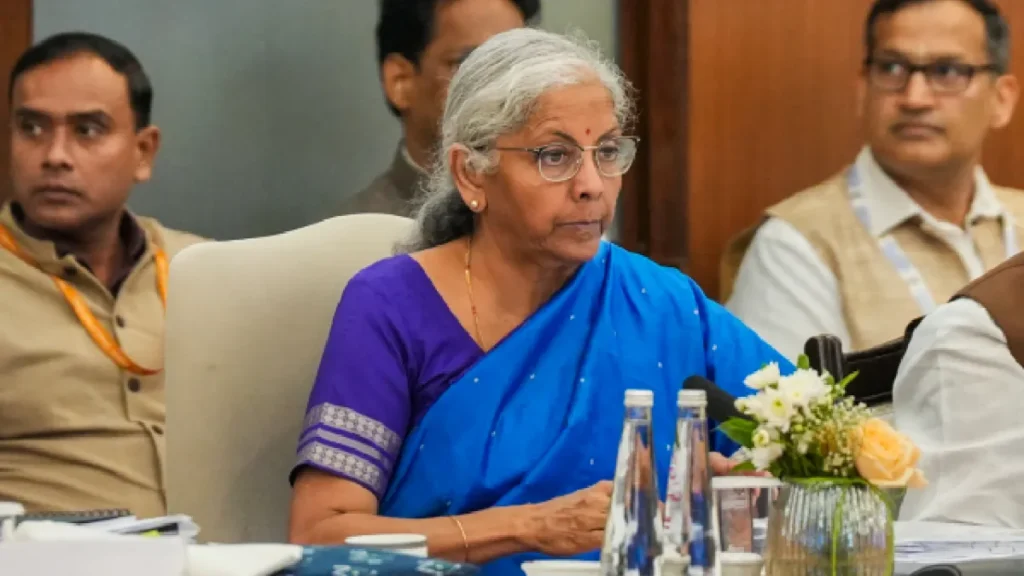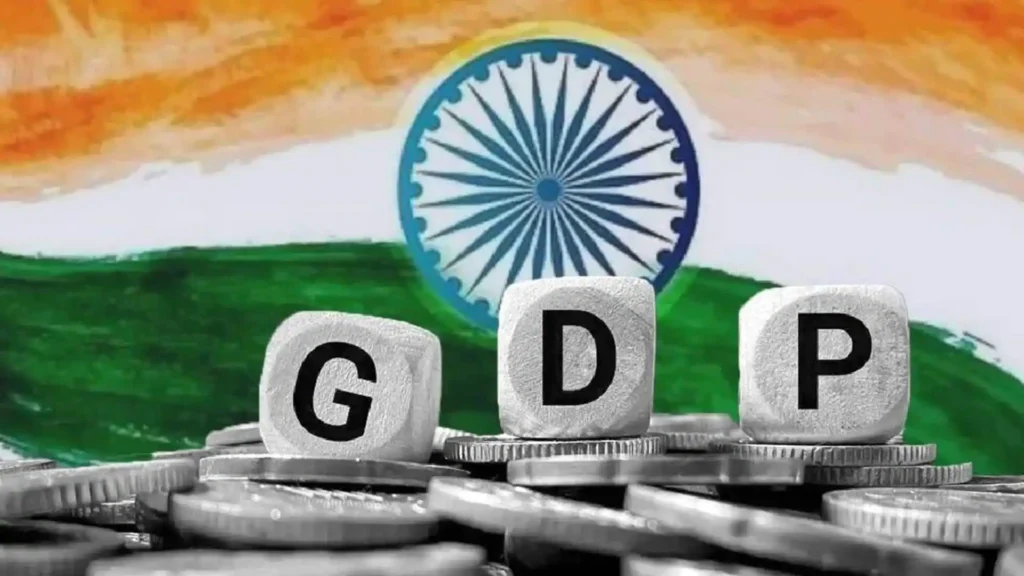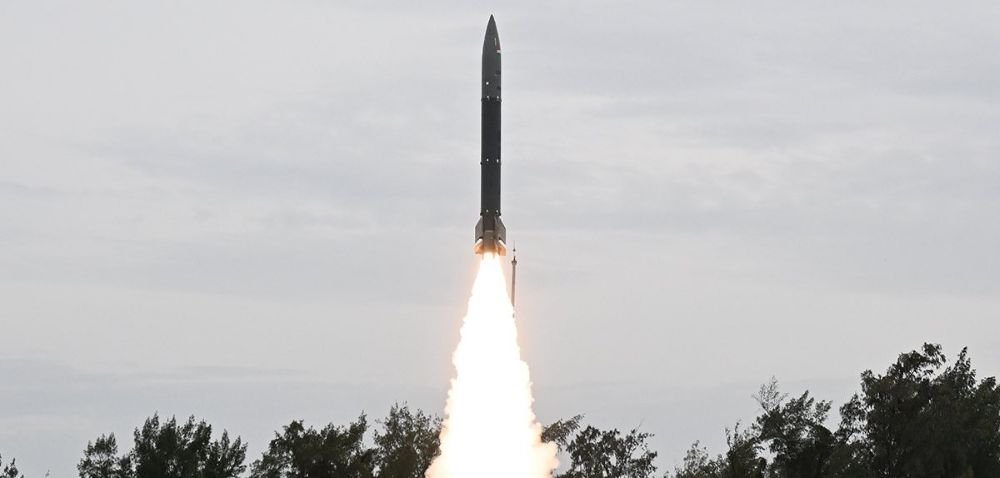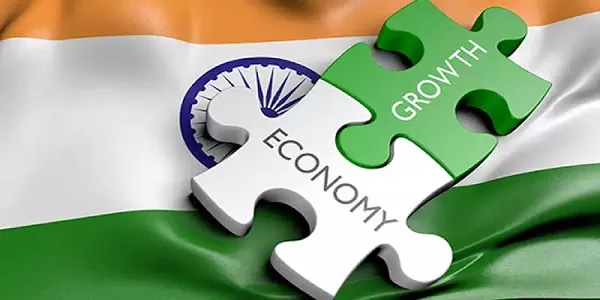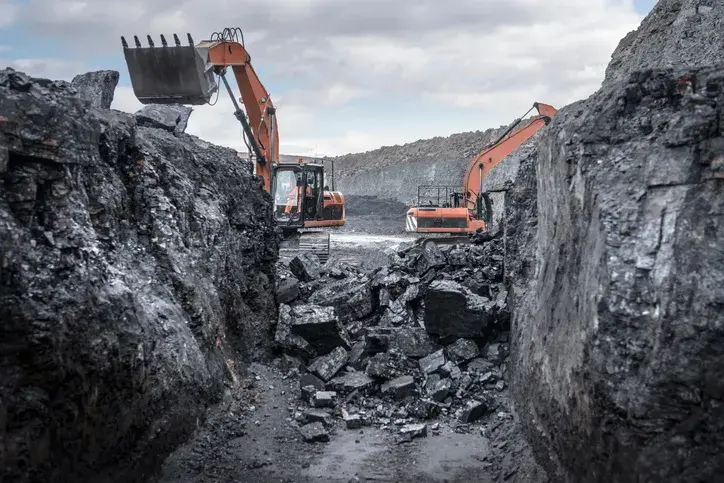GST Council Unveils New 5% and 18% Tax Slabs, Effective September 22
In a landmark move, the GST Council in its 56th meeting, chaired by Finance Minister Nirmala Sitharaman, approved a simplified tax structure by removing the 12% and 28% slabs. The new framework will now feature two primary slabs of 5% and 18%, along with a special 40% bracket for luxury and sin goods. The revised rates will come into force from September 22. The marathon meeting, which lasted over 10 hours, saw the Centre and states reaching a consensus on rationalisation. West Bengal Finance Minister Chandrima Bhattacharya pegged the estimated revenue loss from this restructuring at ₹47,700 crore, while Uttar Pradesh Finance Minister Suresh Khanna noted that the final tax incidence on demerit goods could still see further review. Speaking to the press, Sitharaman highlighted that the reforms prioritise the middle class and common man. Daily-use products such as hair oil, soaps, shampoos, toothbrushes, toothpaste, bicycles, kitchenware, and tableware will now attract a 5% rate. Items reduced from 5% to nil tax include UHT milk, paneer, chena, and all varieties of Indian breads. Several food and FMCG items like namkeen, sauces, pasta, noodles, chocolates, coffee, butter, ghee, preserved meat, cornflakes have been brought down to 5%. Goods earlier taxed at 28%—including air conditioners, larger television sets, dishwashers, small cars, and motorcycles up to 350 cc—will now fall under the 18% bracket. The highest GST category of 40% will be applicable to products like cigarettes, gutka, chewing tobacco, bidis, zarda, paan masala, and certain sugary or caffeinated beverages including carbonated drinks and fruit-based fizzy beverages. Prime Minister Narendra Modi welcomed the move, calling it a step towards ease of living. He said the decision, made jointly by the Centre and states, will significantly benefit farmers, MSMEs, the middle class, women, and youth. During my Independence Day Speech, I had spoken about our intention to bring the Next-Generation reforms in GST. The Union Government had prepared a detailed proposal for broad-based GST rate rationalisation and process reforms, aimed at ease of living for the common man and… — Narendra Modi (@narendramodi) September 3, 2025 Hon’ble Prime Minister Shri @narendramodi announced the Next-Generation GST Reforms in his Independence Day address from the ramparts of Red Fort. Working on the same principle, the GST Council has approved significant reforms today. These reforms have a multi-sectoral and… pic.twitter.com/NzvvVScKCF — Nirmala Sitharaman Office (@nsitharamanoffc) September 3, 2025 Source: India TV Photo Credit: PTI
GST Council Unveils New 5% and 18% Tax Slabs, Effective September 22 Read More »

